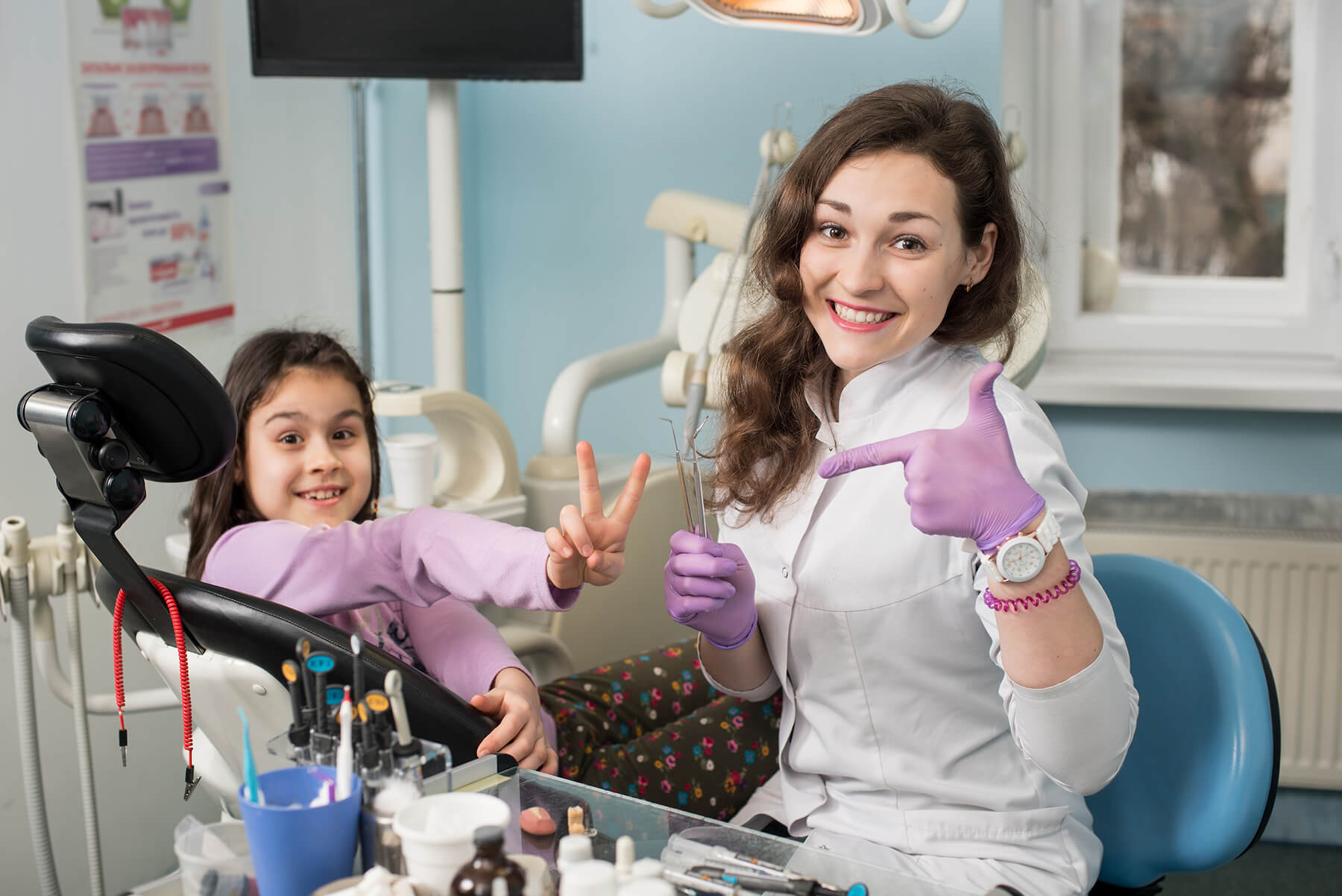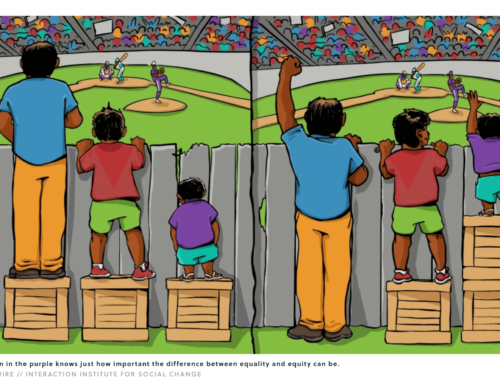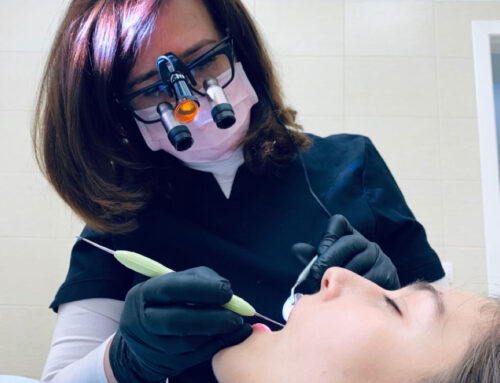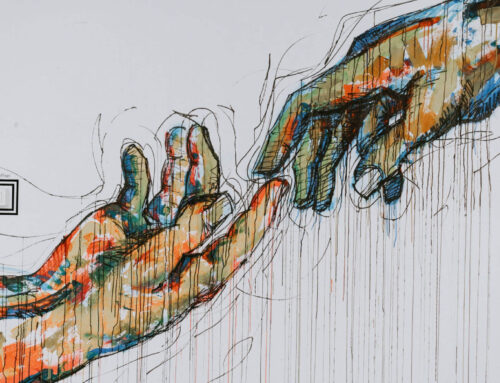Photo on Shutterstock
A language is a primary tool to effectively convey a specific content and the heart of communication. For this, we have a target audience whenever we communicate. For example, when you write something for the audience in creative writing, the language you employ may be different from that you use in your daily work, such as accounting. If you don’t identify a target audience properly or ignore the intended audience, you may lose the essence of communication and readership/relationship.
Let me share short stories around the languages from my professional career and perspectives. I’m a semi-retired pediatric dentist in this country, but when I started to work in the States in 1990, I was a researcher. But I can tell you that the language that I used for either profession was totally different from each other.
* * *
Using professional languages, we often find some emphasis, common expressions, and terminology in specific fields. When I was in the academic institutions during graduate school, post-doctoral training, and employment in Japan and the US, I used scientific language to communicate, read daily, and write a thesis, scientific papers, reviews, or chapters of the book. The audience was always scientists or some clinicians who knew the scientific language. When we search papers, like all writings, “Keywords” of technical terms shine as the heart of an article, conveying a possible storyline.
However, whenever I wrote review articles, I always kept a target audience in mind. Therefore, I re-assessed a choice of languages relative to the audience who would read the specific review. From clinicians to patients, the audience varied so that the language that I employed was different, depending on their interests in the subjects. In addition, I would choose an appropriate language to accommodate their depth of knowledge in the field and provide supplemental explanations for some terms when they would help for their better understanding.
When I returned to dentistry in this country, I chose pediatric dentistry first in an academic environment. So, I had more languages, including scientific one, compared to those in clinical settings. However, when Patrick and I moved to San Diego, California, in 1998, I had to give up my academic pursuit. Since then, my professional languages are used only to communicate with non-professionals in intimate clinical settings.
* * *
I have two types of audience in the clinic: a guardian (most likely mothers, grandparents, etc.), and a child. At the treatment planning, I focus on getting to know a child and gain her mother’s ease and cooperation for the child’s treatment. Depending on the depth of the mother’s knowledge, I explain it thoroughly to establish her understanding and cooperation for her child’s treatment to sign a treatment consent for the child. Some guardians are professional healthcare providers or very knowledgeable in dental terms from prevalent online information. They can use very sophisticated professional language and ask more challenging questions for their deeper comprehension.
Before ending the planning session, I usually ask a mother to help prevent any exposures to “misleading” negative or frightening information from happening to her child before her first treatment. Positive encouragement of her child would be fine. But some fearful guardians, adults, or the child’s older siblings may potentially harm the child by initiating and aggravating the child’s “anxiety cycles.”
Their languages would harm the child. Even though they don’t mean to frighten the child, if it’s perceived as something scary, it would negatively affect her first and the subsequent treatments.
On the day of her first treatment, I expect the child to be in the state from moderately relaxed to slightly nervous. If I see her very nervous or already crying, she must’ve been already messed up by someone else’s negative input, notions, and/or expectation (or in some cases, she must’ve had a toothache. In this case, I would comfort her and proceed to ease her pain).
* * *
Typically, children of younger ages in my clinic don’t know about local anesthesia. Only in our direct communication, I explain it in an “age-appropriate” language to the children during the treatment. If kids say “shots” before sitting on the chair, they are influenced by someone else and most likely already cooked to be fearful. These preconceived fears sometimes act like monsters even before starting the treatment, not only for younger children but also for older teenagers.
If the child is younger than five, I don’t even use “numb” because she doesn’t know exactly what it means. Instead, I would say, “Sleepy juice (anesthetic) would slowly be sleeping (numb) your teeth. While teeth are getting sleepy (anesthetized), you may feel a little funny, like my finger is pressing on them… like this.” Then, I am pressing her gum near her teeth gently with my index finger. “But do you know what? The best part is… while your teeth are snoring (totally numbed), can clean your cavities and put a beautiful white filling (some may say, drill and restore! But I don’t!) in the hole. So, foods don’t get stuck in the hole. Is it nice, isn’t it?”
“Does it hurt?” she asks. I hold the child’s hand with my gloved hand. I don’t know why, but my hand is always warm, giving her comfort. Empathy is another language. As I hold her hands in mine, I look into her eyes, “No, it doesn’t. If anything bothers you, you always put your thumb down. Okay? I’m here to watch and help you… I can fix any problems.” The child is happy to hear my confidence and assurance, and we happily move on.
* * *
In my clinic, I name most of the dental supplies and items that I use for treatment multiple names for different audiences. Languages I employ do not depend on only the chronological ages, but mental, psychological, or developmental ages. Depending on other contexts too. I would stay flexible to see young adults with some developmental delay and choose proper languages for their understanding.
In addition, in my practice, a choice of language is not the only tool. But other techniques like “Tell-Show-Do,” positive reinforcement, and praise and encouragement of ceasing negative behaviors also bring desirable communication and our team of “a guardian-a child-me-and my assistant” together to make the child’s clinical experience a success.

Photo by Zach Vessels on Unsplash
Every time I see the child’s “thumb-Up” signs during and after treatment, I’m filled with immense gratitude for our team and what we’ve been able to achieve for the sake of the child.
Thank you for reading to the end.
This article was written to gratefully respond to Lucy Dan’s prompt: Write about something that would be better when accompanied by clearer instructions/explanations on The Brain is a Noodle.













Leave A Comment